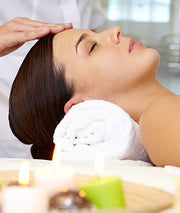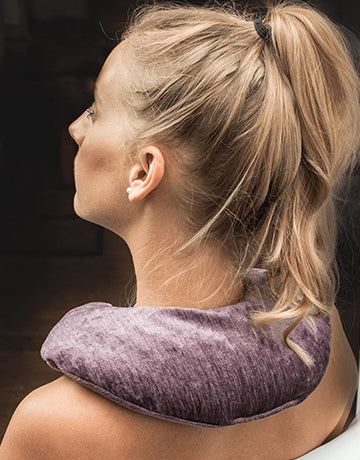Neck and shoulder tension is a common issue that many people face, especially those who spend long hours sitting at a desk or engaging in repetitive tasks. This discomfort can stem from various factors such as stress, poor posture, or overuse of muscles. Fortunately, there are several methods to alleviate this discomfort, with one effective solution being the use of a heating pad.
Heating pads offer numerous benefits when it comes to relieving neck and shoulder tension:
- Muscle Relaxation: Heat therapy is known to relax muscles by increasing blood flow to the affected area. When applied to the neck and shoulders, a heating pad helps soothe tight muscles, easing tension and reducing discomfort.
- Improved Circulation: Heat from the pad encourages better circulation, which aids in delivering oxygen and essential nutrients to the muscles. This increased blood flow can also help flush out toxins that may contribute to muscle soreness.
- Pain Relief: The warmth from a heating pad can alleviate pain associated with tense muscles. It stimulates the sensory receptors in the skin, which can help block the transmission of pain signals to the brain, providing temporary relief from discomfort.
- Increased Flexibility: Heat therapy can enhance flexibility by loosening stiff muscles and improving range of motion. This can be particularly beneficial for individuals experiencing stiffness in the neck and shoulders, allowing them to move more freely and with less pain.
- Stress Reduction: The soothing warmth of a heating pad can promote relaxation and help reduce stress levels. By creating a sense of comfort and warmth, it encourages the release of tension in both the body and mind.
When using a heating pad to alleviate neck and shoulder tension, it's essential to follow these guidelines for safe and effective use:
- Moderation: Avoid prolonged exposure to heat, as it can lead to skin irritation or burns. Limit each session with the heating pad to around 15-20 minutes at a time, allowing your skin to cool down between sessions.
- Proper Positioning: Place the heating pad on the affected area of the neck and shoulders, ensuring that it covers the entire area of discomfort. Adjust the temperature settings according to your comfort level, starting with a lower setting and gradually increasing if needed.
- Check for Damage: Before each use, inspect the heating pad for any signs of damage such as frayed wires or cracks. Avoid using a damaged heating pad to prevent safety hazards.
- Consultation: If you have any underlying medical conditions or concerns, it's advisable to consult with a healthcare professional before using a heating pad for neck and shoulder tension.
In conclusion, incorporating a heating pad into your self-care routine can offer significant relief for neck and shoulder tension. By promoting muscle relaxation, improving circulation, and reducing pain and stress, heat therapy proves to be a valuable tool in managing discomfort and enhancing overall well-being. Remember to use heating pads safely and responsibly to reap the full benefits they provide.






